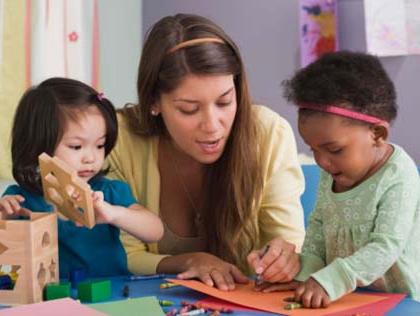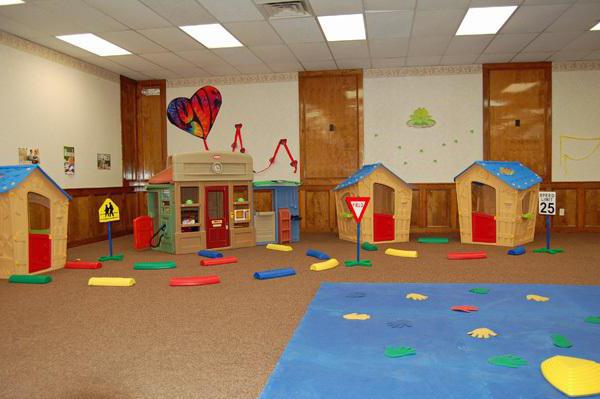Psychological and pedagogical characteristics of the preschooler: content and sample
When your child enters a kindergarten orpreschool educational institution on it will be composed so-called psychological and pedagogical characteristics of the preschooler. It will also be needed if you need to determine the profile of training in correctional groups or gardens, when transferring to another DOW and when sending a psychological-medical-pedagogical commission for examination.

Psychological and pedagogical characteristicspreschooler - this is an official document, which fills the kindergarten teacher. It is sealed with the seal and signature of the head of the DOW and is the main document for the psychologist, speech therapist, psychiatrist and other professionals who participate in the psychological and pedagogical survey.
This article will acquaint you, dear parents, withthe main points, which contains the psychological and pedagogical characteristics of the preschool child. Objectivity and literacy are the two main requirements for this document. It should contain the following basic information:
1. The time during which the child visits the kindergarten.
2. Features of the course of adaptation to the institution.
3. Age of admission to school, degree of readiness.
4. Progress and difficulties in mastering the program, individual subjects.
5. Behavior in the classroom: mindfulness, perseverance, discipline. Here, such details as increased fatigue, lack of assortment, and the like must be indicated.
6. The situation and behavior of the child in the peer group: aggression, passivity, pugnacity, etc. How do other children treat it?
7. Correction measures and their effect applied.

Unfortunately, many teachers are not properly accountable for the compilation of such an important document as the psychological and pedagogical characteristics of a preschool child. We note the main shortcomings:
1. The characteristic is incomplete.
2. It does not meet the requirements.
3. Does not contain an analysis of the child's learning program.
4. Extra information, too detailed description of minor details.
5. There are no generalized conclusions of the educator or teacher with justification.
Below is a sample of the psychological and pedagogical characteristics of the preschool child (the main points for filling) for informational purposes:
1. Date of completion.
2. Name of the child.
3. Date of birth.
4. The name of the pre-school, the type and number of the group.
5. Duration of stay, from what age and from where he entered the given DOW.
6. Assessment of adaptation in a group.
7. Lateralization (right-handed, left-handed).
8. Evaluation of the features of the child's play activity.
9. Difficulties in learning.
10. Peculiarities of perception (visual, auditory, violations).
11. Memory and attention (modality, problems, etc.).
12. Thinking.
13. Motor.
14. Difficulties in communication.
15. The development of speech.
16. Social and everyday skills.

17. Orientation in time and space.
18. The pace and nature of the activity.
19. Somatic health.
20. Other features of child development.
21. General conclusions and assessment of the development and behavior of the child, the suggestions of the teacher.
22. Signature of the teacher, his name.
23. Certifying the signature of the head of the Dow.
24. Printing.
So in general terms should look like a psychological and pedagogical characteristics of the preschooler.





